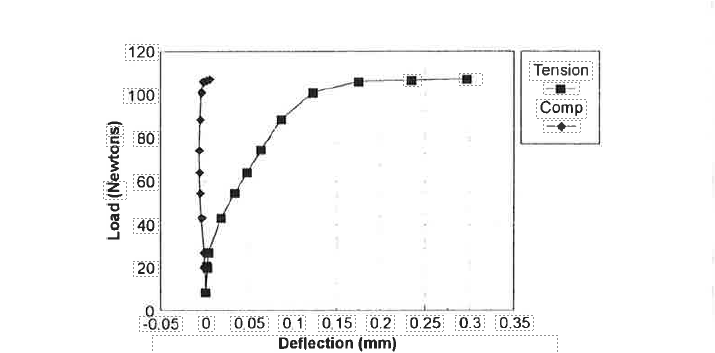1 The University of Tennessee, Knoxville, TN 37996-2010
2 Tennessee Valley Authority, Chattanooga, TN 37405
3 Lockheed Martin Energy Systems, Inc, Oak Ridge, TN 37831
ABSTRACT
Structural clay tile was widely used in the first half of this century in masonry construction. Structural clay tile is distinguished by hollow units having parallel cores and thin webs and faceshells. It is typically unreinforccd. Knowledge of the tensile bond strength is needed for evaluation of existing facilities. Tests were conducted to determine the flexural tensile strength of side constructed (horizontal cores) structural clay tile. The bed joint mortar is placed against a smooth extruded face which leads to low initial rates of absorption (approximately 3-10 g/min/30in2) and lower tensile bond strengths. Average laboratory flexural tensile strengths were 100 kPa for Type N masonry cement mortar, 135 kPa for Type S masonry cement mortar, and 170 kPa for both Type N and Type S Portland-cement lime mortar. These were all higher than values obtained from in-situ testing of a 1940’s era wall which showed a flexural tensile strength of 45 kPa. Both the laboratory and in-situ tests had high coefficients of variation (20-60%,). Results of deformation measurements showed a shift of the neutral axis towards the tensile face as has been observed by other researchers.
3178.pdf



